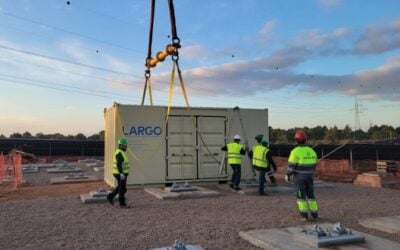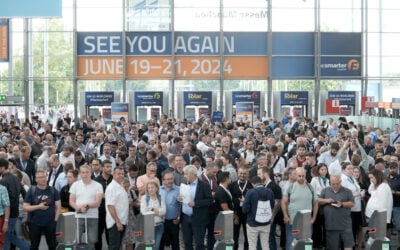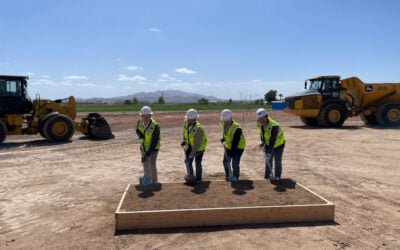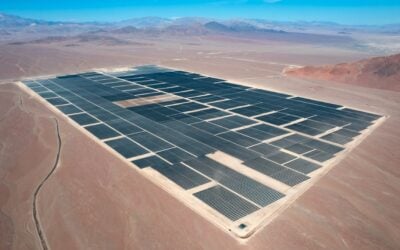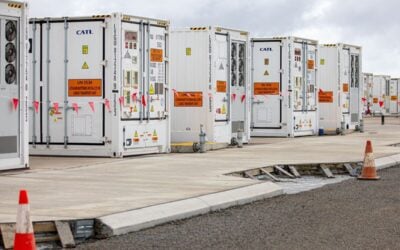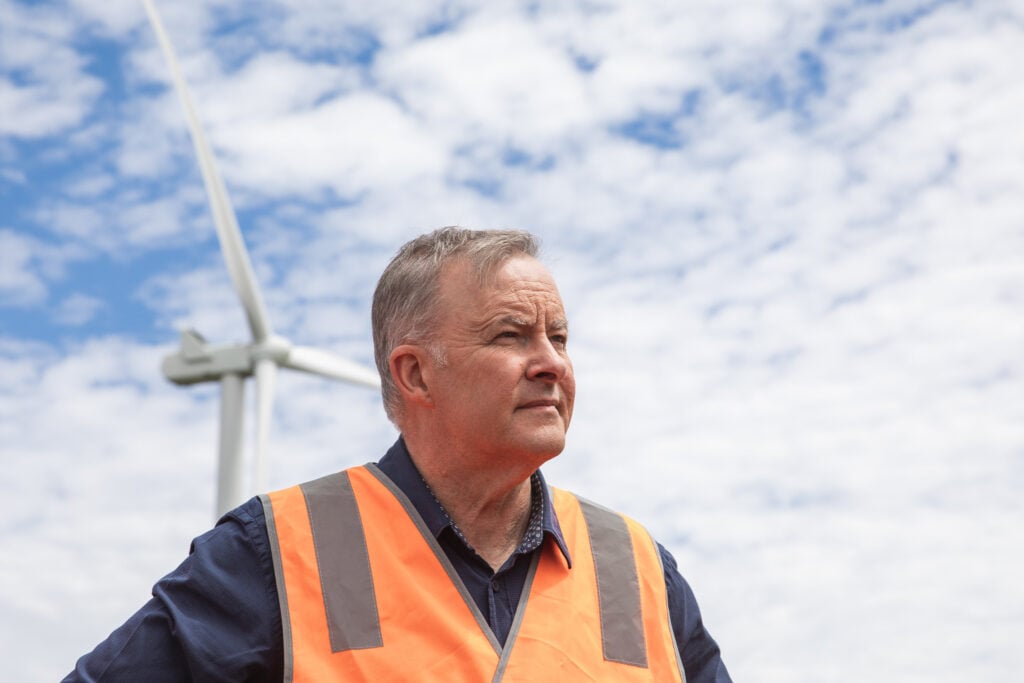
Last week, Australia’s Prime Minister, Anthony Albanese, set a 3 May 2025 date for the upcoming federal election, one that is set to determine the country’s energy transition and whether it might achieve legislated decarbonisation targets.
Albanese’s Labor Party will face Peter Dutton’s Liberal–National Coalition, an outspoken climate sceptic, in the upcoming election, and energy policy is set to play a central role in party manifestos.
Enjoy 12 months of exclusive analysis
- Regular insight and analysis of the industry’s biggest developments
- In-depth interviews with the industry’s leading figures
- Annual digital subscription to the PV Tech Power journal
- Discounts on Solar Media’s portfolio of events, in-person and virtual
Or continue reading this article for free
The three-year parliamentary term time for the next government coincides with one of the most defining periods for the energy transition. For that reason, the next government will be a conduit to whether Australia will grasp the opportunity and become a “renewable energy superpower”, a term often used by Albanese to make his stance clear on the energy transition.
The same cannot be said for climate sceptic Dutton, who is likely to take a stance on energy policy similar to that of US President Donald Trump and attempt to reduce the Australian public’s energy bills by focusing more on oil and gas, coal-fired power, and nuclear reactors. In the process, he would controversially seek to lift a ban on nuclear power that has been in place since 1983 via the Nuclear Activities (Prohibitions) Act.
Transitioning from a supportive government of renewables to one prioritising fossil fuels could disrupt the country’s energy transition and jeopardise Australia’s opportunity to capitalise on the economic benefits, Energy-Storage.news has heard.
A shift in energy policy could cause ‘chaos and delay’
Speaking at the Energy Storage Summit Australia 2025 in Sydney last month, Tim Buckley, director of the think tank Climate Energy Finance (CEF), said during a panel discussion: “I’m bullish that if we keep the current policy, we can deliver on 82% renewables and batteries will play a key role in that. A change of federal government would be policy chaos and delay.”
Maintaining the current policy would help continue the strong investor confidence witnessed in Australia’s energy transition and support opportunities for solar PV, wind generation and energy storage.
However, even though a change of government could disrupt the rollout of renewables, the upward trajectory of energy storage capacity growth is unlikely to be impacted by a change of government, Sahaj Sood, senior associate at research provider BloombergNEF, explained with the release of the 2025 Australia Energy Storage Update.
“Batteries are expected to play a major role in Australia’s power markets regardless of the outcome of the federal election,” Sood said.
“A win for the incumbent Labor Party would see continued support for renewables and the batteries to integrate them. A win for the Coalition would see the emphasis shift toward nuclear, a potential lifeline for some of the country’s ageing coal fleet.”
“Either way, batteries will be required to balance Australia’s volatile power markets by shifting power from times of low demand and high supply to times of high demand and low supply,” Sood concluded.
As reported by Energy-Storage.news earlier this week, BNEF believes that a volatile power market, supportive government policies, and the withdrawal of coal-fired power plants mean Australia could be on the cusp of a “big battery boom.”
In the same panel discussion at the summit, Stephanie Bashir, CEO of Nexa Advisory, said that policy uncertainty is an enormous discussion point in Australia when discussing the energy transition but emphasised that this needs to shift to policy predictability to help support renewable energy generation and energy storage.
“We talk about the energy transition – our mindset needs to shift from policy certainty. I don’t see that in the near or medium term, and shift it to policy predictability, like the direction of travel towards coal shutting down,” Bashir said.
However, in what will likely be a boon to energy storage, Bashir noted that politicians care about three things regarding energy. These include affordability, reliability, and security, with energy storage at the core of this third value.
Re-industrialisation of Australia’s economy
Central to Australia’s energy transition is the “re-industrialisation of Australia’s economy,” as Buckley puts it, to promote green electricity and decarbonisation.
The Albanese government has introduced several policy mechanisms to spearhead this transition. Since it took office in 2022, the country has seen vast support for renewable energy developments and energy storage through various mechanisms introduced, such as the often-oversubscribed Capacity Investment Scheme (CIS) tenders and the Solar Sunshot initiative, which aims to stimulate domestic PV manufacturing and support the country’s clean energy goals.
These two initiatives have established policy certainty concerning the energy transition. However, continued investment in the sector is essential to overcome barriers that hinder the rollout of renewable energy and storage solutions.
In an exclusive interview with Energy-Storage.news, Buckley referenced the re-industrialisation of the Australian economy, mentioning that it would only need a “modicum of sensible political leadership to do it.”
“We’ve seen the Albanese government talk about a Future Made in Australia (its flagship economic plan – Ed) that is all about collaborating with world-leading technology suppliers and building Australia’s manufacturing capacity, re-industrialising our economy. I think battery energy storage systems, batteries on wheels and renewable energy will all play a central part,” Buckley added.
Dutton has previously laid out his intention to dismantle the Future Made in Australia mandate, with plans to scrap legislated production tax credits for critical minerals and green hydrogen projects.
Instead, Dutton, who recently declared that “energy is the economy”, explained in his response to the government’s latest budget that his party would commit AU$1 billion (US$626 million) to expand gas pipelines and storage capacity under the proposed ‘National Gas Plan’.
In the budget response, Dutton also said that Anthony Albanese and energy minister Chris Bowen’s “reckless renewables-only policy trainwreck” had been at the centre of the cost-of-living crisis and heightened energy costs.
Energy policy will likely continue to be weaponised in the lead-up to the federal election, as it has been in many recent elections around the world. However, given the opportunity energy storage can bring to provide grid reliability and stability, it is hopeful that the technology will be less likely to be affected than renewables should a change of government occur.
The election is set to be a defining moment for Australia’s clean energy goals, and eyes will be locked on the forthcoming results in early May.

